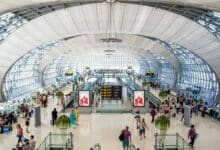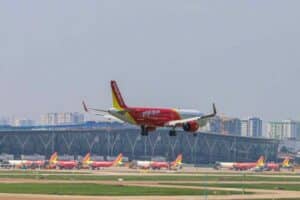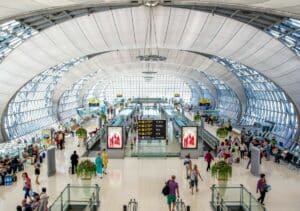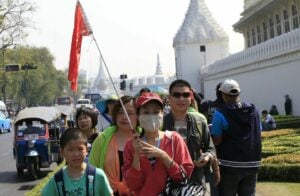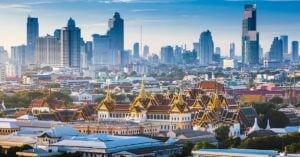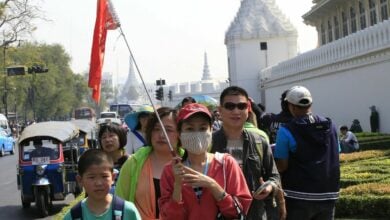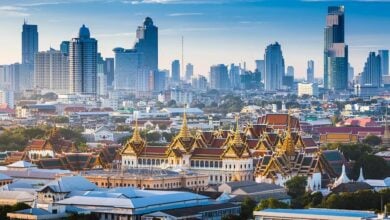Flooding devastates Chiang Mai tourism, occupancy drops to 50%
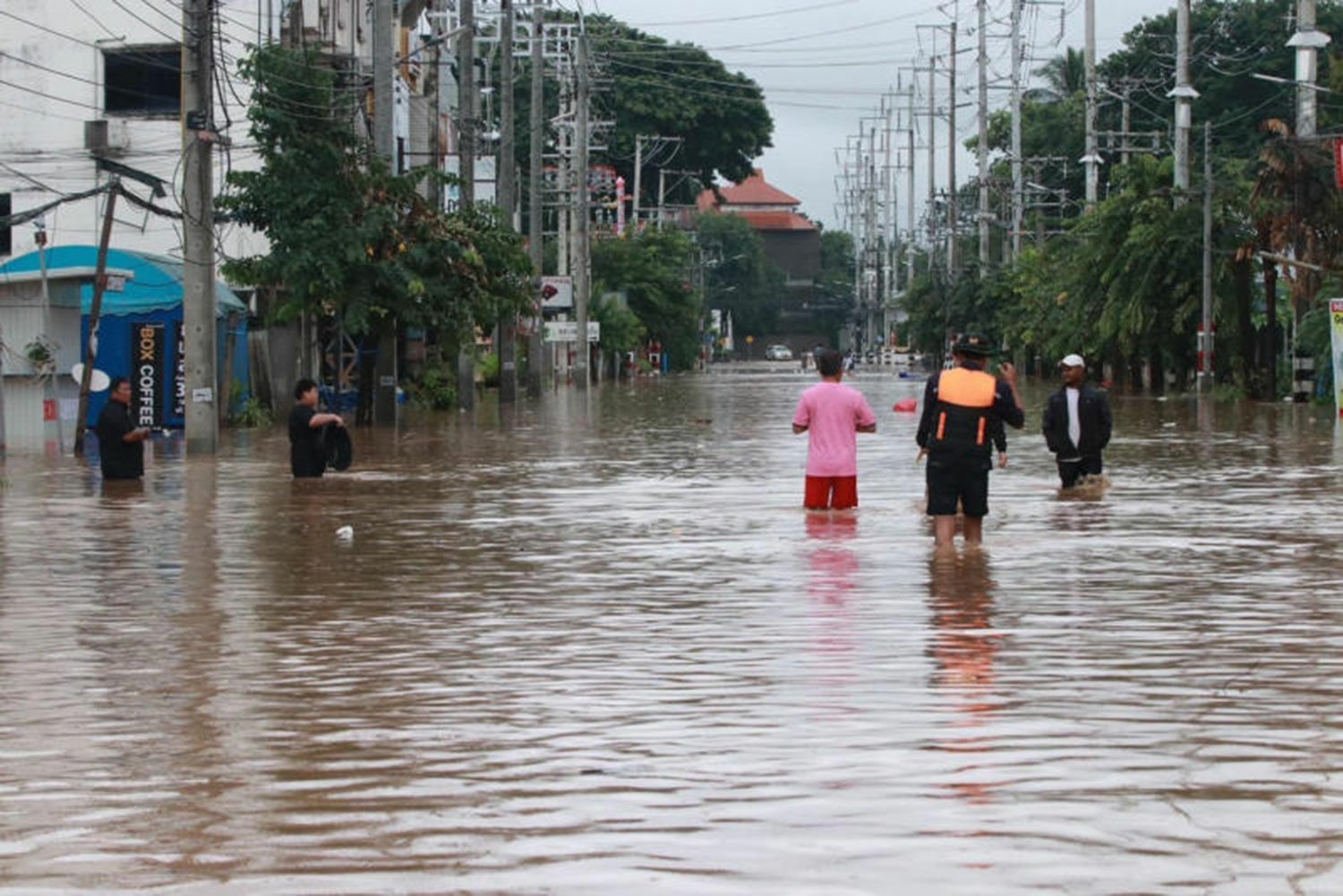
Flooding in northern Thailand has severely impacted tourism in Chiang Mai, with many visitors cancelling their plans, according to the Tourism Council of Chiang Mai.
The Ping River recently reached its highest levels since 2011, causing significant flooding in Mueang Chiang Mai, including its key business and tourism districts.
Outer districts, such as Mae Rim, known for its natural parks and adventure tourism, have also been affected. Attractions in these areas had to close temporarily, as stated by Punlop Saejew, the acting president of the Tourism Council of Chiang Mai.
The flooding has disrupted the road between Chiang Mai and Chiang Rai, leading to booking cancellations and delayed trips for many tourists.
Punlop indicated that without new storms, the situation might gradually improve. However, persistent flooding since early September, especially in Chiang Rai, has negatively affected tourism sentiment in Chiang Mai.
“Chiang Mai and neighbouring provinces are often sold as a cluster, meaning tourists usually visit a few provinces during a trip. The flooding results in lower tourism confidence.”
Punlop estimated that the average hotel occupancy rate in September was only 50%, attributing this decline to the flooding and economic uncertainty, both of which have dampened tourism and spending.
While Chiang Mai’s tourism growth remains flat compared to 2023, the province’s reliance on domestic travel has suffered due to high airfares and limited travel budgets amid economic concerns.
Earlier in 2024, Chiang Mai also experienced a loss in tourism revenue during the smog season. However, the introduction of new direct flights from China and Malaysia offers a glimmer of hope for a quick recovery during the upcoming high season, beginning with the Golden Week, a national Chinese holiday.
Chiang Mai tourism
Punlop mentioned that the revival of the We Travel Together scheme could help boost the domestic market. He suggested that the programme should be divided into phases for each region, as the best travel times differ across the south, north, and east of Thailand.
Wutthiphum Jurangkool, Nok Air Chief Executive, noted that Chiang Rai, which faced severe floods earlier this month, saw its average load factor plunge to 50% in September.
Tourists have largely avoided travelling to the province. Despite this, Nok Air has continued its daily flights to Chiang Rai, primarily serving residents returning to their hometowns and volunteers, reported Bangkok Post.

